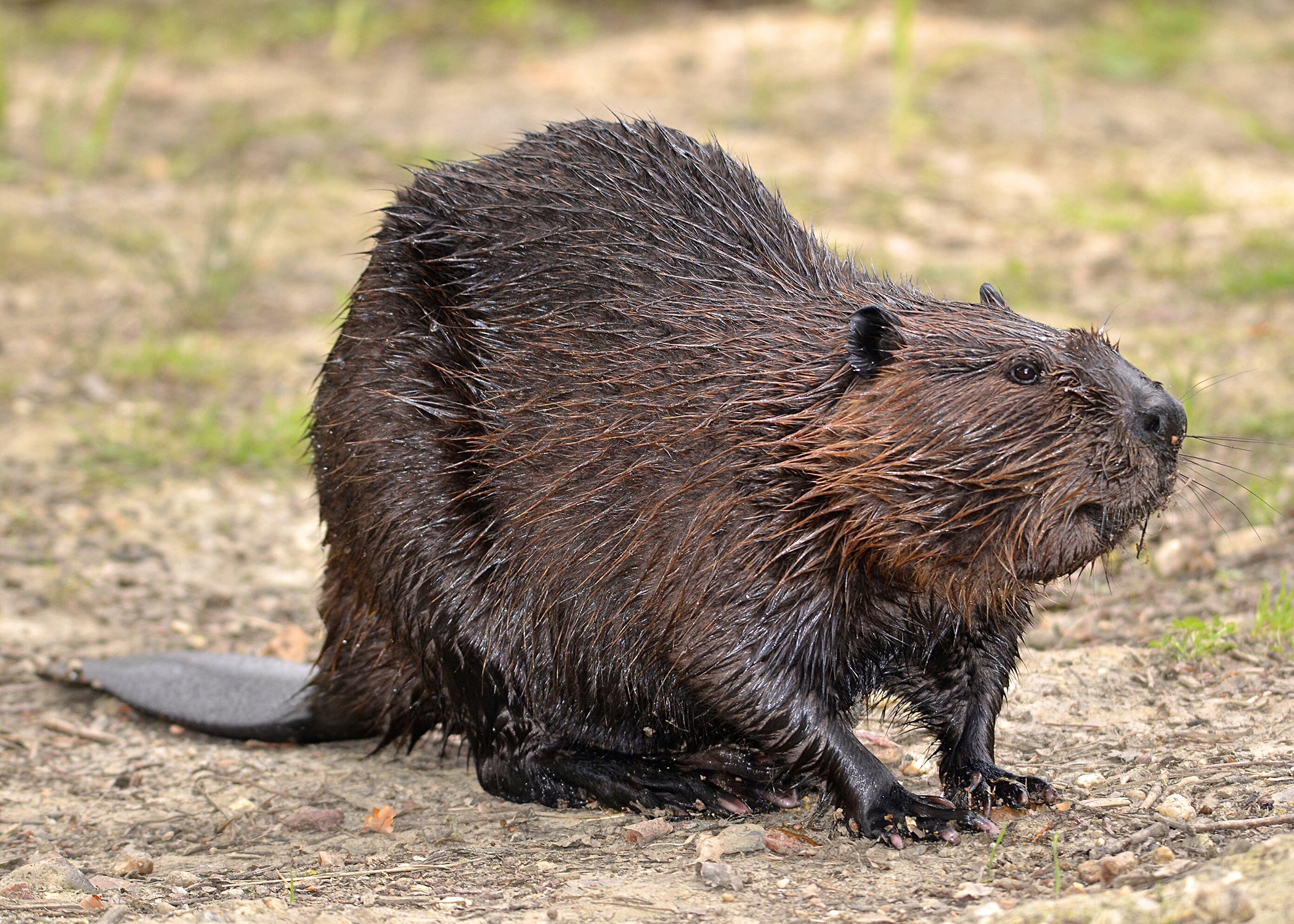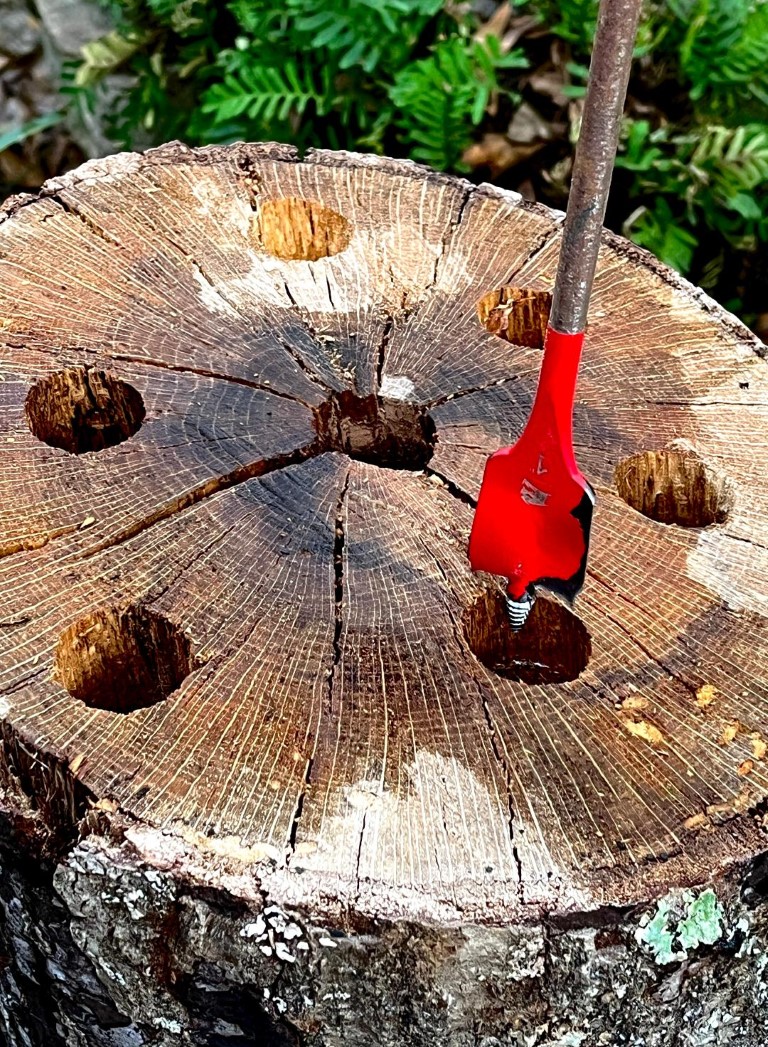Methods exist to control nuisance beavers on land
Published 11:06 am Thursday, August 24, 2023
By Bonnie Coblentz
MSU Extension Service
Shortly after Emily Duggar bought property in Madison County to build a house near Canton, she realized there were beavers on a creek that ran through the back of the property.
“We saw evidence that beavers were taking down trees and gnawing on trees,” Duggar said. “We could see they were building a dam, and they’ve since built two more dams.
Trending
“The water is rising,” she said. “We haven’t had any flooding yet, but we’ve heard that some people who live in the neighborhoods behind our property have flooding from the creek.”
Duggar contacted the Mississippi State University Extension Service for advice. Ideally, she would like to coexist with the beavers, but not if it causes damage to nearby properties.
James Callicutt, an MSU Extension associate with expertise in waterfowl and wetlands ecology, said beavers are frequently a nuisance around people, but they can perform a valuable function in ecosystems.
“The problem with beavers can be the floodwaters from the dams they construct or that they damage or cut down trees that we value,” Callicutt said.
Beavers eat a lot of aquatic plants and the cambium of trees, which is the layer just below the bark. They have large and very strong front teeth that grow constantly. They chew down trees for building material for their dams and sometimes simply to keep their teeth sharpened and the right length.
“While they can cause unwanted flooding by blocking drainage, beaver dams do create important habit for themselves and waterfowl, amphibians and other animals that are wetland-dependent,” he said. “If these are things you’re interested in, beavers can be a positive on your property.”
Trending
While humans and beavers can peacefully coexist, many times the interaction leaves landowners unhappy. Beavers are the largest rodent in North America. In Mississippi, the Mississippi Department of Wildlife, Fisheries and Parks has classified them as a nuisance.
“You start with trying to get rid of the beavers, and then you remove the dams,” Callicutt said. “An aggressive trapping program is probably the best way to start, then dam removal is necessary to remove the water from the area.
“You can often remove small dams with rakes and shovels, but large ones require big equipment and sometimes explosives,” he said.
Callicutt said shooting the beavers can be effective, but it requires diligence and long nights spent hunting in the dark. Beavers don’t live alone, so killing one will not solve the problem. Traps are more effective because they can be placed on heavily used paths and monitored frequently.
“The most common trap is a conibear or body grip trap that is quick and lethal,” he said. “Because conibear or snares are mostly used near beaver slides or runs and use castor as a lure, they are not typically bothered by dogs or cats.”
There are some non-lethal methods to address the problems beavers cause. Callicutt said prevention and exclusion techniques include wrapping metal fencing around tree trunks or placing guards on the ends of drainage pipes.
Russ Walsh with the Wildlife Bureau of the Mississippi Department of Wildlife, Fisheries and Parks, said not every beaver is a nuisance, but when they are, they can be hunted, trapped, taken, killed, chased or pursued year-round on private lands.
“Nuisance animal regulations provide the opportunity for homeowners and landowners to protect their property against nuisance animals and the damage that they may cause,” Walsh said.
When it is necessary to remove beavers, landowners should start with information from MDWFP. Landowners who are residents of Mississippi do not need a permit to trap or hunt beavers on land titled in their name, but others do.
Find information about regulations and requirements at https://www.mdwfp.com. The U.S. Department of Agriculture Wildlife Services, a federal agency with responsibilities related to wildlife damage management issues, can also provide assistance. Contact Wildlife Services Mississippi at 662-325-3014.
Trapping supplies are available from local farm supply businesses and online sources. Trapping resources are available at https://www.mstrappers.com.






